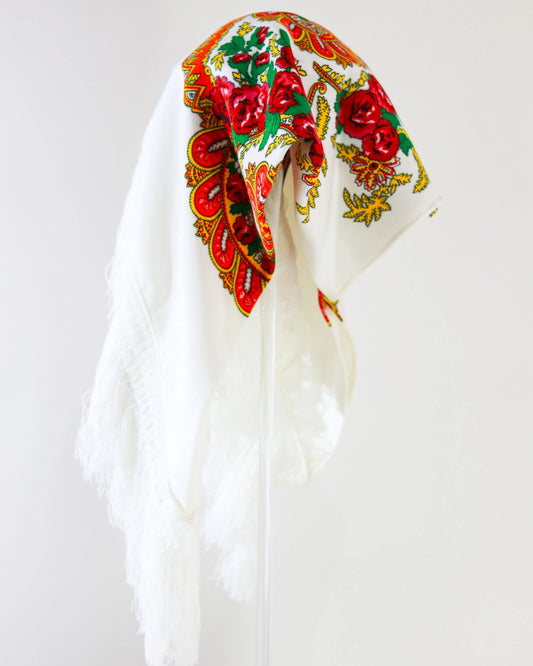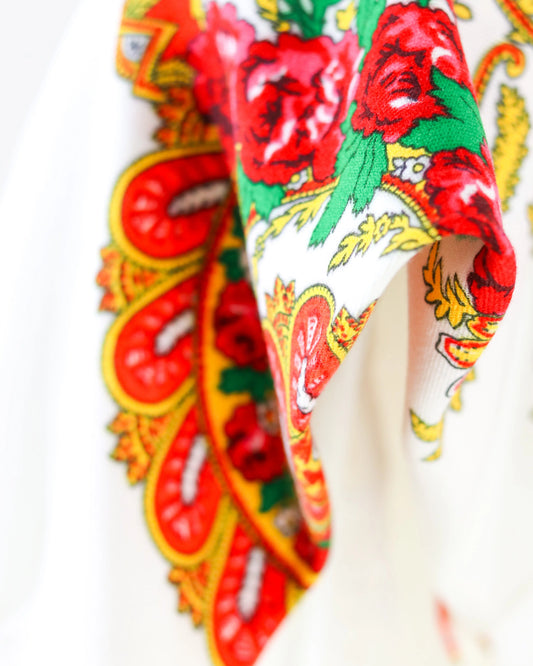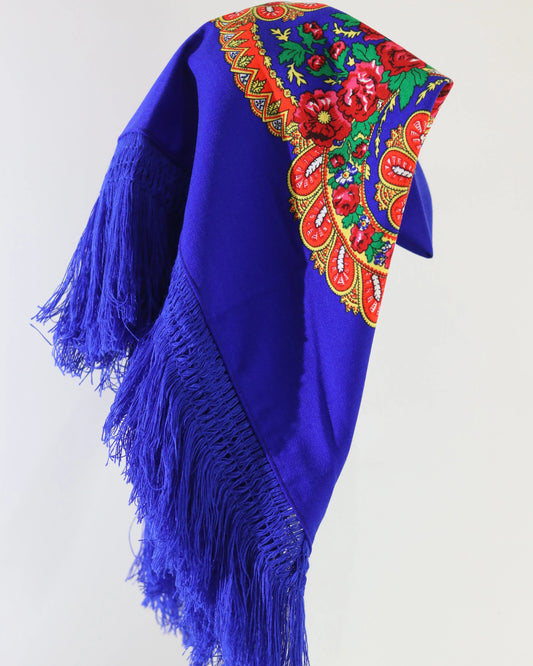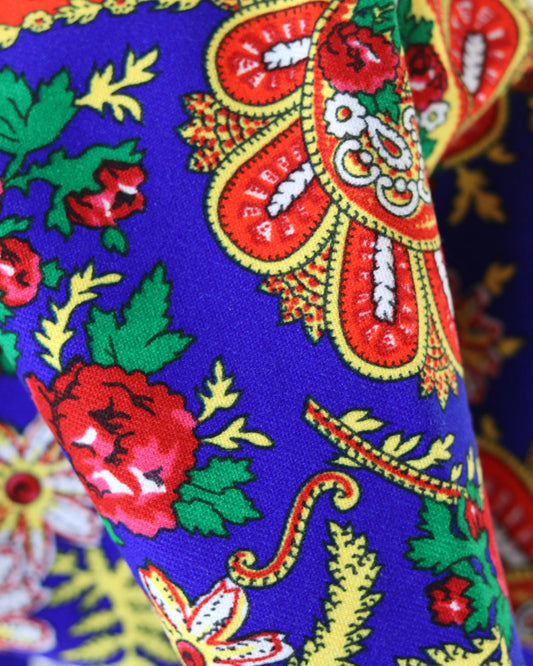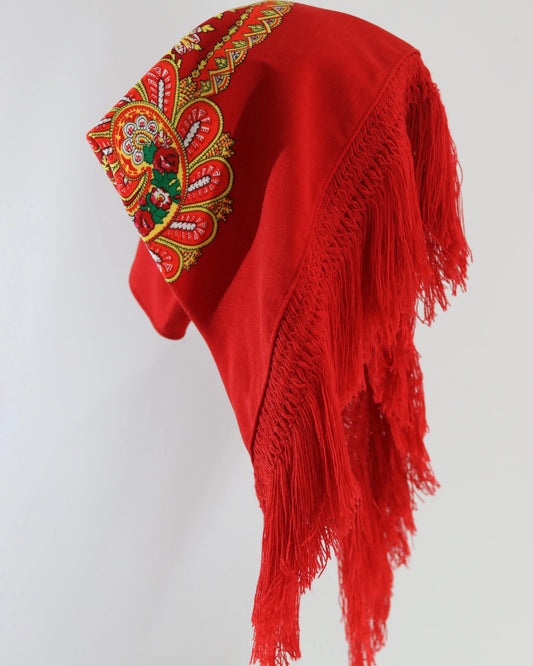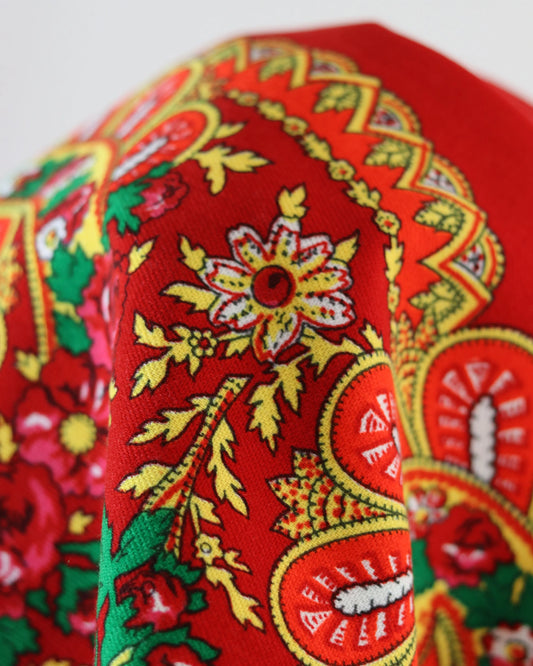Cultural importance of the role of Viana folklore in the pilgrimage
The heart of the festival beats to the sound of accordions, bass drums, and voices repeating refrains learned in the family. In Viana do Castelo, the pilgrimage is made of faith and revelry, and it is in folklore that these two dimensions are recognized and embraced. Those who let themselves be carried away by the streets see skirts twirling, colorful scarves, gold glinting in the sun, and smiles that illuminate the crossing of the Lima River. It's not just a show. It's a language, memory, and belonging.
Viana folklore isn't a once-a-year adornment. It shapes how the city sees itself during the festival, how neighborhoods organize into rusgas, and how the younger generation connects with a heritage that lives on. The pilgrimage gives it space, time, and voice.
As the ethnographic procession enters the avenue and the footsteps of the vira multiply, it becomes clear that popular culture isn't in a museum. It vibrates in bodies and inhabits the street. And it is this vibration that fuels the pilgrimage.
Roots that sing and dance
Devotion to Our Lady of Agony gained public expression in the 18th century, accompanying the port, fishing, and maritime life. Folklore, with its dances, songs, and costumes, grew in this melting pot of community life. During the 20th century, with the emergence of ranches and ethnographic groups, the musical and choreographic repertoire gradually established itself, without losing its connection with the daily practice of those who continued to sing in the threshing floors and dance at village festivals.
Rehearsals at the ranch headquarters, fieldwork by local musicians and researchers, and exchanges between parishes wove a shared heritage. The pilgrimage welcomed him with open arms, recognizing in him a faithful reflection of their people. There's always something new and always tradition. The secret lies in balancing respect for the past with the energy of those who arrive.
The music that pulls at the soul
In the pilgrimage, the ear commands the feet. The accordion sets the tempo, the bagpipes lead the way, the cavaquinho (small guitar) provides the accompaniment, the bass drum calls the body to the earth. And the choir, in unison, lifts the avenue. Children, grandparents, seafarers and country folk—all recognize the call.
Among the most listened to and seen dances, the following stand out:
- Vira, in multiple local variants
- Chula, with her marked peer dialogue
- Green cane, light and agile
- Regadinho, with smaller steps
- Malhão, with a catchy chorus
- Jay green, more ceremonial and festive
Music permeates the city. There are strays at dusk, groups that join in spontaneous song, and improvised serenades on balconies draped with quilts and flowers. The pilgrimage never stops, alternating rhythms. And folklore gives the gatherings just the right amount of time.
Costume as a living narrative
In Viana, dressing tells a story. Each outfit speaks of the land, work, celebration, and faith. The multiplicity of fabrics, embroidery, colors, and gold traces a social and emotional map. The gaze rests on the scarves, aprons, and pockets, and one quickly realizes the parish each group hails from, the work each piece represents, the moment deserving of such care.
Costumes appear in the stewardship procession, the ethnographic procession, the processions, and also in nighttime street dances. These aren't just costumes. They are codes, knowledge of tailoring and embroidery, often passed down at home, and today supported by local schools and museums.
| Costume | Characteristic elements | Usual moments |
|---|---|---|
| Farmer | Colorful baize skirt, embroidered apron, vest, silk scarf, pocket, worked socks, slippers | Street dances, ethnographic procession |
| Butler | Dark silk or wool dress, more sober scarf, plenty of gold (necklaces, hearts, earrings), shawl | Stewardship procession, formal acts |
| Bride | Light tones, delicate embroidery, veil and gold pieces with family meaning | Symbolic and representational moments |
| Sunday | Best Sunday attire, with less gold and mixed colors | Processions, devout participation |
| Work | Hard fabrics, smooth aprons, practical scarves, sturdy shoes | Ethnographic paintings and demonstrations |
| Fisherwoman | Dark colors, shawls, wool skirts, firm scarves, pieces suitable for work and cold weather | Procession to the sea, maritime motifs |
Gold takes pride of place. Filigree shines on necklaces, crosses, medals, Viana hearts, and earrings. These are heirlooms, promises, and pride. In many cases, they represent years of work and family ties passed down through the generations. Viana embroidery brings to clothing figures of the countryside, flowers, and geometric motifs, bridging the gap between past and present.
The party as a stage for the community
Viana folklore, during the pilgrimage, builds bridges. It unites parishes, brings together neighbors, and welcomes those who come from afar. Participation is not passive. Rehearsals, sewing, instrument repairs, and the organization of processions and marches mobilize the city for months.
Its social role becomes evident on several fronts:
- Local cohesion: groups and perks bring together people of diverse ages and backgrounds
- Transmission of knowledge: dances, lyrics, embroidery techniques and jewelry are learned in context
- Visibility of artisanal work: goldsmiths, embroiderers, instrument masters find an audience and a market
- Diaspora integration: those who live abroad return and find their common language in folklore
- Education of the eye: schools and families introduce children to living heritage
- Cultural economy: accommodation, food, commerce and workshops benefit the festive calendar
It's not just entertainment. It's a cultural investment that reverberates throughout the year. The groups' calendar doesn't end with the pilgrimage. There are festivals, exchanges, collections, training workshops, and collection presentations. The Costume Museum and other organizations keep research and curation alive.
Between devotion and celebration
The pilgrimage to Our Lady of Agony is also an experience of faith. Here, folklore does not replace the sacred. It helps to frame it with respect and beauty. The procession to the sea, with the blessing of the vessels, involves the fishermen and their families. In the streets decorated with flower carpets, the float's path takes on a moving visual dimension.
The giants and big-headed people, with their long-standing roots, make their way through a smiling crowd, accompanied by the bass drum-thumping Zés Pereiras. The musicians and dancers from the ranchos take center stage in the ethnographic procession, with each parish presenting the best of its repertoire. As night falls, the fireworks reflect off the Lima River, and the music persists. It's a sequence of scenes with folklore as its guiding thread.
The calendar creates its own breathing. One morning, the luxuries and their ceremonial attire stand out. In the afternoon, the streets belong to dancing. At night, the conviviality extends into desgarradas and popular dances. There is no rigid boundary between stage and audience. Those who know how to dance join the circle. Those who don't clap, learn, and smile.
Authenticity that is built every day
Some ask: is folklore at the pilgrimage more spectacle than experience? In Viana, the answer often lies behind the scenes. Open rehearsals, collections of songs made with veteran musicians, visits to goldsmithing and embroidery workshops, and a photographic archive documenting the lives of the groups. Authenticity isn't a fixed point. It's an ongoing effort to care for the sources, the techniques, and the people.
Balancing rigor and stage presence requires choices. Avoiding impoverishing simplifications. Explaining to the audience that skirts aren't worn haphazardly, that gold is inherited with care, and that dance has recognizable regionalisms. And, at the same time, embracing the vitality that emerges with new generations of musicians and dancers, with academic research, and with partnerships between schools, museums, and folklore groups.
The city has learned to see folklore as a heritage that goes beyond display cases. Hence the importance of educational spaces, accessible archives, and support for those who preserve complex techniques like filigree and Viana embroidery.
Education, transmission and the near future
Much of what you see on the streets originates in rehearsal rooms. Volunteer monitors, master players, experienced seamstresses, and curious young people form teams that ensure continuity. Accordion and cavaquinho workshops, dance classes for children, sessions on costume history, and guided tours of the Costume Museum make knowledge accessible to everyone.
There are promising ways to expand this base:
- School programs that integrate local folklore with visits and practices
- Municipal grants for research and collection of poorly documented repertoires
- Residencies between groups and artisans, focused on restoring costumes and instruments
- Digitization of sound and photographic collections, with public access
- Training circuits in filigree and embroidery techniques open to the community
- Partnerships with higher education in the areas of ethnomusicology, fashion design and museology
The future of Viana folklore depends on its ability to attract new practitioners and audiences without diluting what makes it unique. Curiosity, rigor, and hospitality are its pillars.
Cultural tourism with strong roots
Visitors to Viana seek to experience the pilgrimage from within. Folklore has a welcoming effect here. It guides visitors, provides clues about what's happening, and invites respectful participation. The local economy is grateful. Restaurants serve Minho-style rojões (rojões) with sarrabulho rice, vendors offer convent sweets, and freshly fried balls line the streets. Filigree workshops demonstrate the patience of each thread.
To avoid the standardization that so many popular festivals have suffered elsewhere, the city is investing in programming that emphasizes local specificity. The ethnographic procession isn't a generic parade. It's a declaration of identity. And this impacts the quality of the experience for those who attend.
Challenges ahead and possible responses
Cultural life faces inevitable tensions. Aging practitioners in some areas, the costs of maintaining authentic costumes, pressure from the tourist calendar, and the logistics of large events in urban spaces. Added to this is the need to protect repertoires from improper commercial use and to encourage dignified conditions for rehearsals and performances.
Some answers are in progress or within reach:
- Funds dedicated to costume conservation and restoration of antique pieces
- Agreements with workshops and schools to train new embroiderers and goldsmiths
- Rehearsal spaces with good acoustics and schedules compatible with those who work
- Clear regulations for the use of local symbols, preventing abusive appropriations
- Programming that distributes public flows throughout the city, reducing pressure on sensitive areas
- Promotion of circuits outside the high season, with themed visits to museums and group headquarters
Maintaining a human scale is essential. It's in close proximity, eye to eye, that folklore becomes true. The pilgrimage requires this measure.
Rituals that require a compass
Some moments call for stillness. The procession to the sea summons silence and gratitude. Folklore, in these moments, knows how to retreat to let faith speak. Then, it heats up the streets again. The balance between devotion and celebration sets the right tone for the festival. This collective wisdom, cultivated over generations, is one of Viana's most beautiful secrets.
The stewards' procession displays costumes of rare elegance, with stewards who seem to have stepped out of ancient portraits. The historical-ethnographic procession gives each parish space to showcase their crafts, harvests, and songs. Giant figures enlighten the children, big heads make them laugh, and the Zés Pereiras beat the rhythm that everyone has in their hearts. At a certain point, it becomes clear that the entire city has become a stage.
A short guide for those who want to live the party
- Arrive early for the parades. The best spots are near the bends in the avenues, where the dancing continues.
- Respect places of worship. Photograph discreetly and without blocking the procession route.
- Look for streets with flower carpets and neighborhoods where they practice afternoon raids.
- Visit the Costume Museum to understand the logic behind the costumes before watching the parade.
- Attend a filigree workshop and an embroidery workshop. The artisan's patience takes on a new flavor when seen in person.
- Eat slowly. Caldo verde and vinho verde, rojões (roast pork stew) and sarrabulho porridge. The city cultivates its own identity.
- Buy local. Small filigree pieces, scarves, and embroidery made locally provide a future for those who maintain these techniques.
- Learn a simple turn step. It will come in handy when the wheel opens.
Small gestures make a difference: greetings, asking questions, thanking someone. The pilgrimage thrives on encounters.
The value that remains when the lights go out
When the last fire reflects off the Lima and the concertinas set the tone for the night, images and sounds remain that persist. The memory of a choir tuned by voices of various accents remains, the gleam of gold marks a history of work and affection, the skirts that twirled tirelessly. Above all, the notion that culture is not just what we see. It's what we do together.
Viana folklore, in its pilgrimage, proves that tradition and the present can go hand in hand. It helps the city express who it is, without apologizing or falling into caricature. It's both a root and an invitation. An open invitation for anyone who wants to join the circle, clap in time, and carry a piece of Viana in their hearts.

